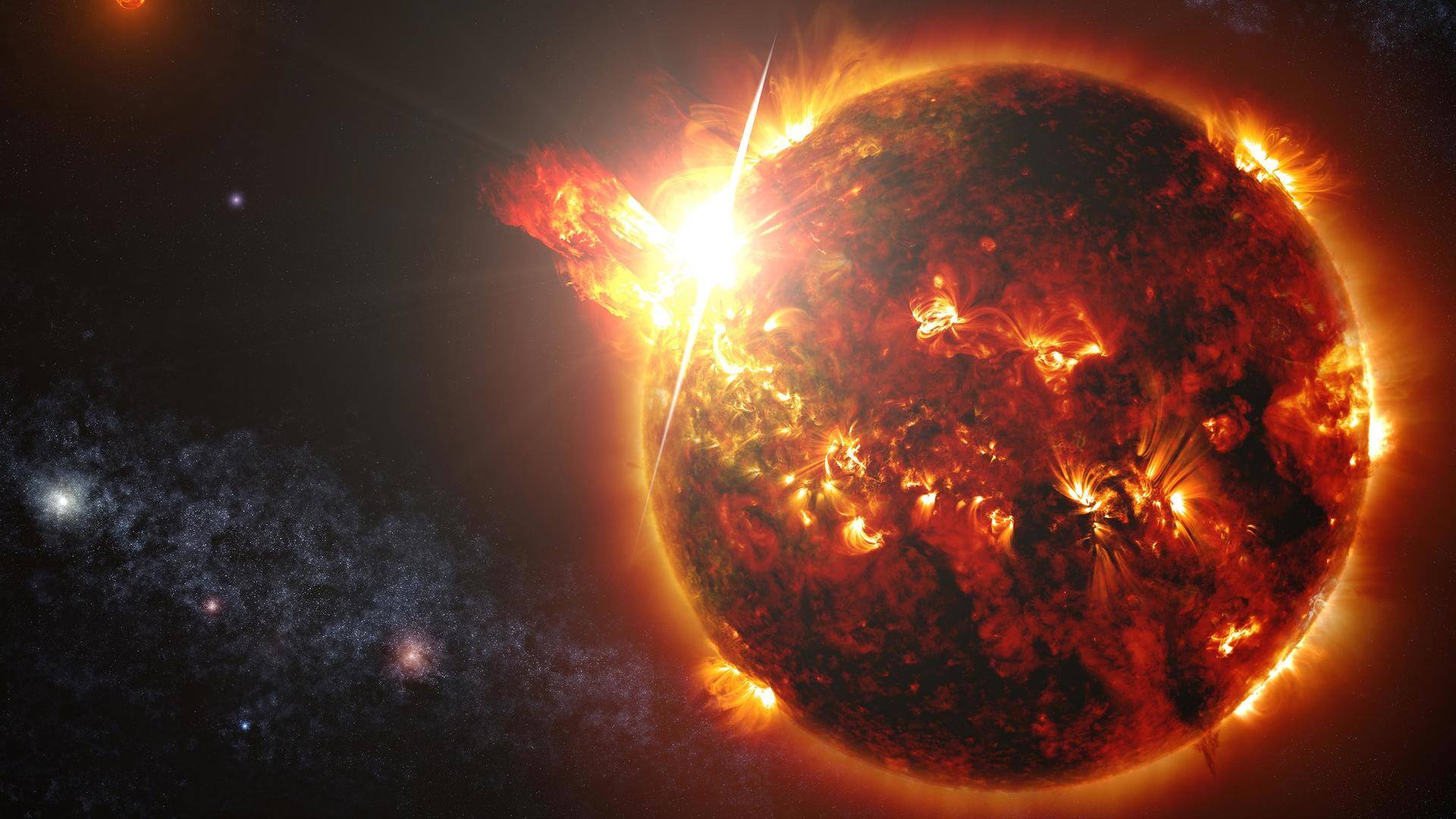
Unexpected CME to hit Earth tomorrow. Should we be worried
What's the story
A Coronal Mass Ejection (CME) from the Sun is expected to hit Earth on February 17.
CMEs are large expulsions of plasma and magnetic fields from the Sun's outer atmosphere, called the corona. Typically, a CME takes three to five days to reach the Earth once it is expelled.
That's not all, the CME is expected to spark geomagnetic storms as well.
Context
Why does this story matter?
The Sun appears to be rather active of late. According to NASA, CMEs and solar flares are the most powerful explosions in the solar system.
Recently, a powerful X1.1-class solar flare erupted from a spot on the Sun called Active Region 3217, causing radio blackouts in some parts of Earth, including South America. But there was no CME associated with it.
Details
When will the CME reach Earth?
According to spaceweather.com, "A magnetic filament straddling the Sun's equator erupted and hurled a partial halo CME toward Earth" on February 15. This CME is expected to reach Earth on February 17. Fortunately, it won't cause any harm.
The report added that the CME is expected to produce a minor G1-class geomagnetic storm and could intensify to a moderate G2-class storm on February 18.
Geomagnetic storms
What is a geomagnetic storm?
When a CME reaches Earth, it reacts with the magnetosphere, a comet-shaped bubble that protects the planet from harmful solar and cosmic particle radiation.
This results in geomagnetic storms, which are an exchange of energy from the solar wind into the space environment surrounding Earth.
Interestingly, the geomagnetic storm on February 17 could spark auroras over the United States, New York, and Idaho.
Information
How is the severity of geomagnetic storms estimated?
The NOAA Geomagnetic Storm Scale estimates the severity of geomagnetic storms. It is denoted by a 'G' followed by a number from 1 to 5. While class 1 ranks as a minor event, class 5 is an extreme event.
Auroras
Geomagnetic storms have both positive and negative impacts
Geomagnetic storms that strike Earth can exhibit both positive and negative impacts.
While these storms create visually stunning auroras, they can potentially disrupt navigation systems and satellites such as the Global Navigation Satellite System (GNSS). They can also generate harmful geomagnetic induced currents (GICs) in the power grid and pipelines.
Extreme G5-class storms can also impact the operations of spacecraft.